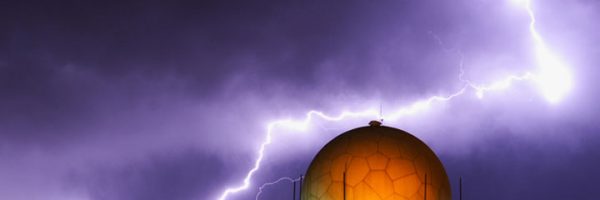
Here’s Why People Love Maps
When the Vikings traveled they used the stars and a sextant to navigate through great distances, later the 49er’s ventured to California from the east using word-of-mouth directions and maps drawn by explorers. Now when you drive to San Diego you input an address in your phone and you honk your way through traffic until “You have reached your destination”.
The internet has brought people closer than ever before in more ways than just communication. The digital age allows us more access to information and digital maps have become one of the best ways for you to present data to your viewers and stand out and make the difference between your site/application and your competitor’s and one of the best ways to tell a story with information is using digital maps. Even before the internet there were a plethora of different maps to choose from in relying data.
REFERENCE MAPS
Reference maps refer to features of the earth that for the most part would remain more or less unchanged over a period of time. These maps are typically used for research on a subject.
Some popular examples:
Political Maps – These show boundary lines between countries, states, counties, cities, etc.
Topographical Maps – This shows the shape and characteristics of the earth’s surface, like gradations and elevations.
Road Maps – Show roads, streets, highways, and other means of transportation on land to assist travelers
Geological Maps – These can show the location of resources and the type of rocks, and faults located beneath the surface.
THEMATIC MAPS
Thematic Maps show the distribution of specific or topical data over a geographical boundaries. These maps and their information can change over time and are usually a snap-shot of data in a particular time period.
Some popular examples:
Weather Maps – Usually use colors to show temperatures over various regions.
Statistical Maps – Commonly used to show data such as poll statistics during an election period.
Incident Maps – These can show areas in which an outbreak of a disease has occurred, or which regions have been hit by catastrophic events.
Some of the oldest maps found in civilization date as far back as 2,300 BCE and even “world maps” have been found in Iraq from 500-700 BCE. These pieces of history show that humanity has always been on the move and while we will always be interested in traveling to new places, seeing places and routes of how to get there will always be in demand. This means that as technology grows so will our maps. Stone gave way to papyrus, which gave way to paper, and now digital maps and navigation are part of day-to-day life.
DIFFERENT TYPES OF DIGITAL MAPS AND NAVIGATION
Google Maps – This may be the most user-friendly navigation system available for travelers. When you input your destination it provides alternative route options and the difference in estimated time of arrival. It also provides options for different modes of transportation such as driving, public transportation, walking, etc. Additionally it has several overlays that include a satellite overview and indicators of restaurants and gas stations, etc.
Google Earth – Google has provided a 3D model of the world accessible from any computer and with it you can view places around the world and discover locations you would have never found otherwise.
Waze – This another user friendly navigation system that utilizes live updates from users to provide up-to-date information and automatically re-routes.
Mapquest – Mapquest was the first commercial web-mapping service. Before these newer mapping and directional apps were common, map quest was often used at home desktop computers, and people would print the directions and take them on the road.
Navigating apps such as Google Maps and Waze are typically utilized for assisting you to arrive at your destination. Some are better than most but like all things it is a point of preference. Mapquest has really upped their game and now you can plan whole trips when you click on their website, not just road directions. They compare hotel rates and help you book rooms and the website is also stocked with advertising which can be a distraction. Waze is another popular app that uses advertising and it can actually be distracting if you’re using it while driving. If you want to utilize an assisted directional driving tool with little if any advertising, Google Maps is the way to go.
Thematic Maps are a visually appealing way of delivering data that can be boring to look at in block-text form. Consider recent results from the democratic voting on Super Tuesday. When CNN anchors present the information on a screen they do not show bullet points or bar graph statistics of the names of states, the names of candidates and the percentage of votes they acquired from that state. Instead they show an interactive map of each state, use a color pallet to help distinguish what the information is showing you, and integrate pie charts on the state to show percentages.
The reason is that while your viewers may be tuning in or clicking on your site for the information on the site, if it is hard to read then they will simply tune out. Presentation is everything. Maps are a great tool for state and local governments to deliver important information to the public. The state of Texas, has register sex offender map that is a good example of this where all you have to do is input your address and the map shows your neighborhood with pins identifying registered sex offenders and their address. There is a Houston sex offense lawyer that help you prevent your name from ending up on that map if you find yourself in that situation.
Another great interactive map delivering important information to the public can be found on the CDC’s website. The Centers of Disease Control has an interactive map that can help you track diseases like the recent COVID-19 outbreak.
Maps have always been a part of civilization to give us information, show us the world, and help reach our destinations, it would be foolish to ignore a tool that has proven to be both effective and fun to look at.


